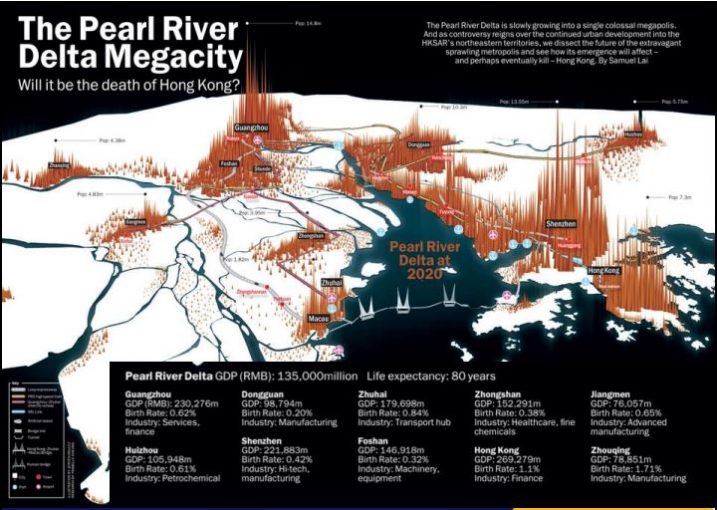
Dr. Dyah R. Hizbaron, focused on Vulnerability Analysis. This was primarily done by using the example of urbanization, and even more so by using the case of the Guandong Delta in China. However, the lecture began by listing different elements of risk, hence having the potential of being vulnerable, including structures, economy, natural resources and society. Dr. Dyah R. Hizbaron here in particular points out the difference between physical hazard, used in geography and with quantitative approaches, and social hazard, as used in social sciences and is approached through qualitative method. Significant to mention are three basic terms when thinking about vulnerability which are vulnerability, meaning the possibility to escape a stressful situation, capacity, the capability to escape a stressful situation either through coping, adaptation or resilience, and hazard, meaning an event creating shock or stress. Furthermore, it is explained that the probability of losses must be added in order to measure risk, i.e. how much is affected. This is than added to the elements of hazard and vulnerability, ultimately leading to number which describes a risk. The conceptual framework is than utilized by using the case example of the Guandong Delta which reveals an increased risk accordingly to an increased urbanization. It is also pointed out that this could be the case for several locations on Java as well.
Credit to: Fabian Pfeiffer
The lecture of Mrs Emma can be downloaded on the following link: Introduction Vulnerability Analysis
